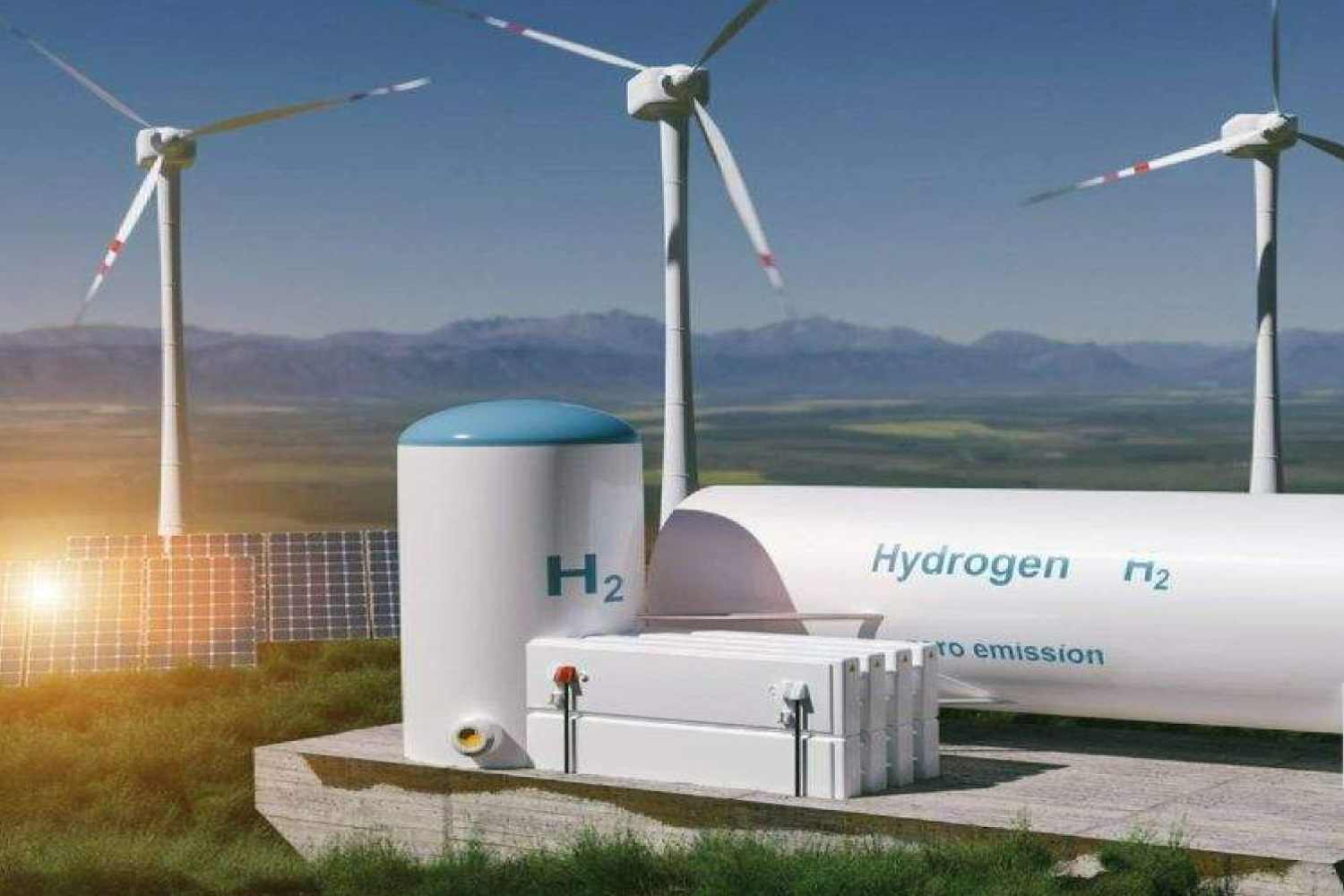By 2035, Mauritania’s complete potential for producing green hydrogen is evaluated at 12.5 million tons per year, which could fulfill local requirements, fuel domestic economic growth, uplift local communities and also be exported to international markets.
In a study titled “Africa’s extraordinary green hydrogen potential,” published in December 2022, the European Development Bank notes that Mauritania’s location makes it a strategic hub for the export of green hydrogen to Europe. The study estimates that Mauritania could produce up to 10 million tons of green hydrogen per year by 2050, which would require an investment of around €25 billion.
Large-Scale Projects Take Shape
Eager to capitalize on this potential, the Mauritanian government are implementing a national strategy to revolutionize its energy sector and raise the percentage of renewable energy in its energy mix to 60% by 2030, signing agreements with major energy players such as Conjuncta, CWP Global, bp, Total Eren, and Chariot for the development of green hydrogen projects in the country. Conjuncta recently signed a memorandum of understanding with the Mauritanian government, Infinity Power and Masdar for the construction of a $34 billion green hydrogen complex, while CWP Global confirmed the implementation of the second phase of the AMAN project worth $40 billion. In addition, Total Eren and Chariot are developing the Nour project, which has a maximum capacity of 10 GW, and ArcelorMittal and SNIM are evaluating the opportunity to jointly develop a Direct Reduced Iron plant powered by green hydrogen.
According to a joint research carried out with the Africa Green Hydrogen Alliance (AGHA) and McKinsey, the development of the AMAN green hydrogen project in Mauritania has the potential to significantly boost the country’s GDP and employment opportunities. The project could boost Mauritania’s GDP by 40-50% by 2030 and by 50-60% from 2035 onwards. In terms of job creation, the project could increase industry employment by 23% and reduce total national unemployment by almost a third by 2035.
This is due to the creation of jobs in industries related to the construction and operation of the project. In addition, the project will provide cheap electricity and over 50 million m³ of fresh water to local communities and agriculture, obtained from the desalination of ocean water. The pilot project will also provide 60 hydrogen transport buses for public use, with zero emissions, which will contribute to improving the local air quality and reducing the country’s carbon footprint.
Capitalizing on Export Opportunities
As these large-scale developments take shape, in addition to energy security opportunities on a domestic and regional basis, opportunities for revenue generation through exports to international markets have also opened up. The demand for green hydrogen in Europe is expected to increase significantly in the coming years due to the European Union’s target of reaching carbon neutrality by 2050. It could reach 1.4 million tons by 2025, 4.6 million tons by 2030, and 8.5 million tons by 2040.
The existing Maghreb-Europe Gas Pipeline, which currently transports natural gas from Algeria to Spain via Morocco, could be repurposed to transport green hydrogen. The pipeline has a capacity of 8-10 billion cubic meters per year, which could be used to transport up to 1 million tons of green hydrogen per year. Morocco has shown interest in importing green hydrogen from Mauritania, creating a direct export line to European markets. Given Morocco’s existing energy infrastructure and experience in energy trade, the two countries could form a strong partnership in the emerging green hydrogen market.
